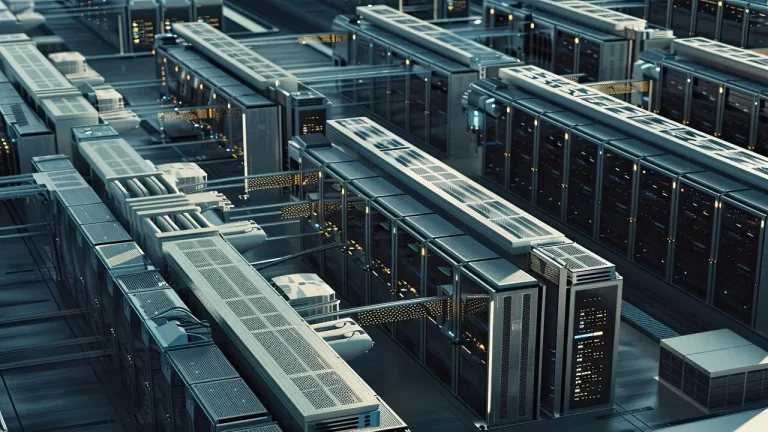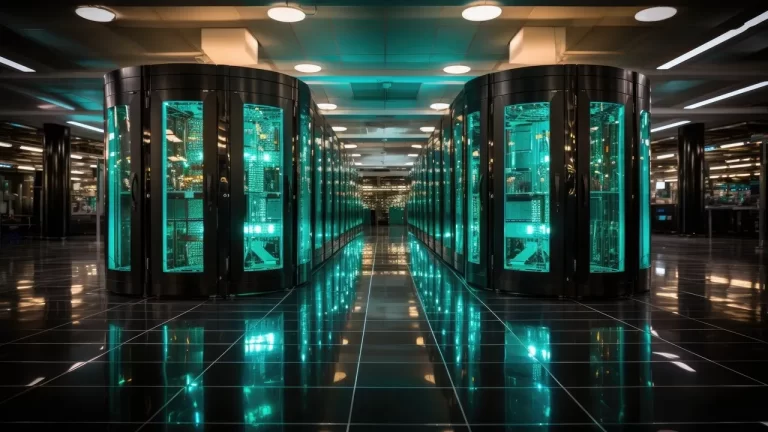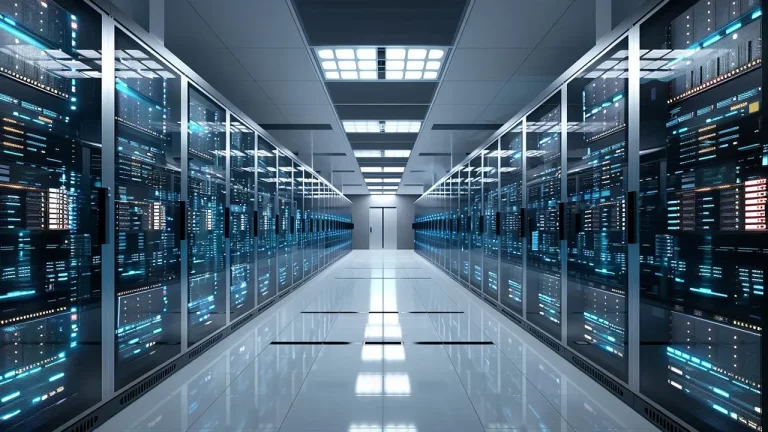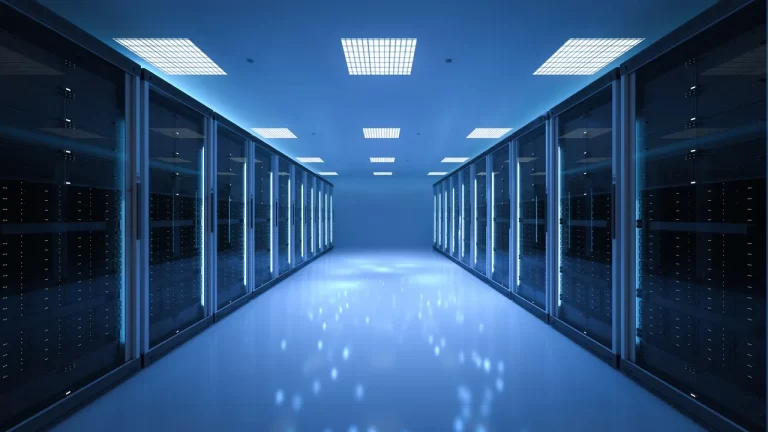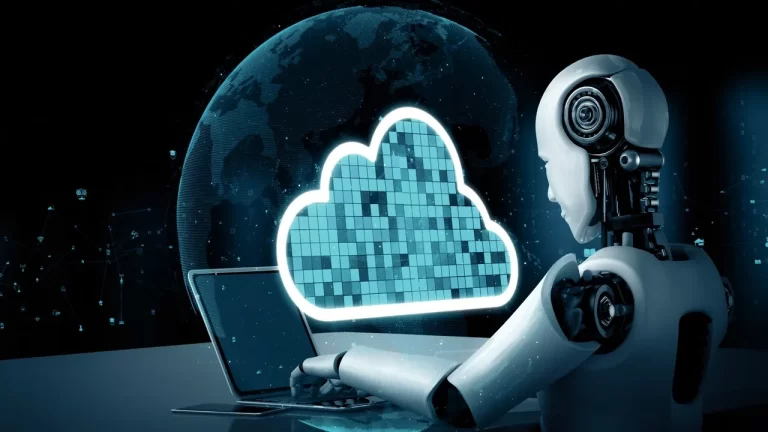Data centers currently storing & processing is important. data have become primary targets for security threats because of the developing reliance on data centers. While cyber security measures get attention, physical safety is equally important. Unauthorized access, natural disasters, & internal threats pose serious risks. Effective physical safety strategies make sure that the data center infrastructure is preserved against these dangers.

Key Physical Security Solutions for Data Centers
1. Perimeter Security and Access Control
Strong perimeter security measures are important to confirm a data center’s security. These include high-protection fences equipped with anti-climbing features to prevent unauthorized access & 24/7 CCTV surveillance that records all activities. Biometric identity verification controls, including fingerprints or retina scans, help to prevent unauthorized individuals from accessing restricted areas. The presence of trained security staff at the location helps prevent future safety risks. Entry points need mantraps & dual-factor authentication systems to provide extra security protection. The systems implement authentication levels to maintain security integrity even when lower authentication levels terminate.
2. Environmental Controls and Disaster Prevention
To protect data centers from natural disasters and environmental risks, many major features are necessary. The fire suppression mechanism assists in fast fire identification, followed by extinguishing to minimize damage. Climate control systems, including HVAC, maintain operable equipment conditions through temperature & humidity regulation. The composition of features gets strengthened through seismic reinforcement within earthquake-prone areas. Also, flood conservation measures, including floors & water detection systems, prevent damage from leaks or floods, ensuring that the data centers remain safe & operational. Detailed power resilience depends on the implementation of backup systems with dual power supply options, including uninterruptible power supplies (UPS) and backup generators.
3. Data Center Monitoring and Surveillance
Data centers must practice continuous monitoring because it helps them identify & respond immediately to security breaches.Important components include AI-powered video analytics that detect suspicious behavior, Motion sensor-based security systems that alert security teams to unauthorized activity, & access logs that monitor who enters & exits the facility for better accountability. Data center protection becomes more powerful when physical security combines with cybersecurity, which unifies both features to defend the data center.Modern security information & event management (SIEM) systems can analyze logs in real time to detect patterns & anomalies that may indicate possible risks by allowing for proactive risk mitigation.
4. Colocation and Managed Security Solutions
For businesses or organizations that use colocation services, security is covered by the providers, who provide many important features. These include multi-tier security measures that combine biometric access, mantraps, & security checkpoints. On-site security teams that give round-the-clock surveillance to secure safety it also a secure network structure that helps to prevent unauthorized access to stored data. Third-party audits are conducted to makes sure Conformity with industry rules & laws & maintain high security standards.
Some colocation data centers also provide dedicated security zones, ensuring that client equipment is housed separately from other tenants, minimizing the risk of unauthorized access & data breaches.
5. Regulatory Standards
regulatory standards is important for data centers to address high security benchmarks. Mian standards include ISO 27001. This certification focuses on information security management, making sure that data is protected. SOC 2 standard makes sure that data centers implement Strict security controls to protect customer data.HIPAA & GDPR rules protect sensitive healthcare & personal data, ensuring privacy & security. Certifications for Tier 3 & Tier 4 data centers guarantee reliability & high uptime, indicating that the facility meets rigorous operational standards.Also, data center industry trends show an increasing focus on data center sustainability trends, making sure that security measures align with eco-friendly practices. Conformity with these standards helps organizations to maintain trust & reliability in their cloud-based data centers & public cloud data center storage services.

Conclusion
Protecting a data center involves using advanced technology, implementing strict access control, & following industry rules. Whether it is necessary to cover a hyperscale cloud computing data center, a colocation facility, or an edge data center, to protect important networks in strong physical security. By implementing these security measures, organizations can protect their valuable data, ensure consistent uptime, & address the necessary safety standards.
Additionally, staff training programs & regular safety exercises help to prepare employees for possible risks, increasing overall safety preparations. As the risk continues, long-term protection & operational flexibility need to be ahead with advanced data center security strategies. The ability to transmit and manage data securely across cloud provider data centers & cloud computing centers.




